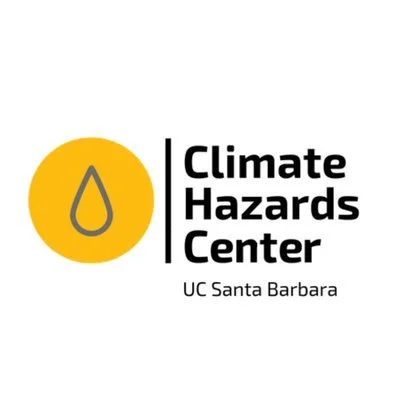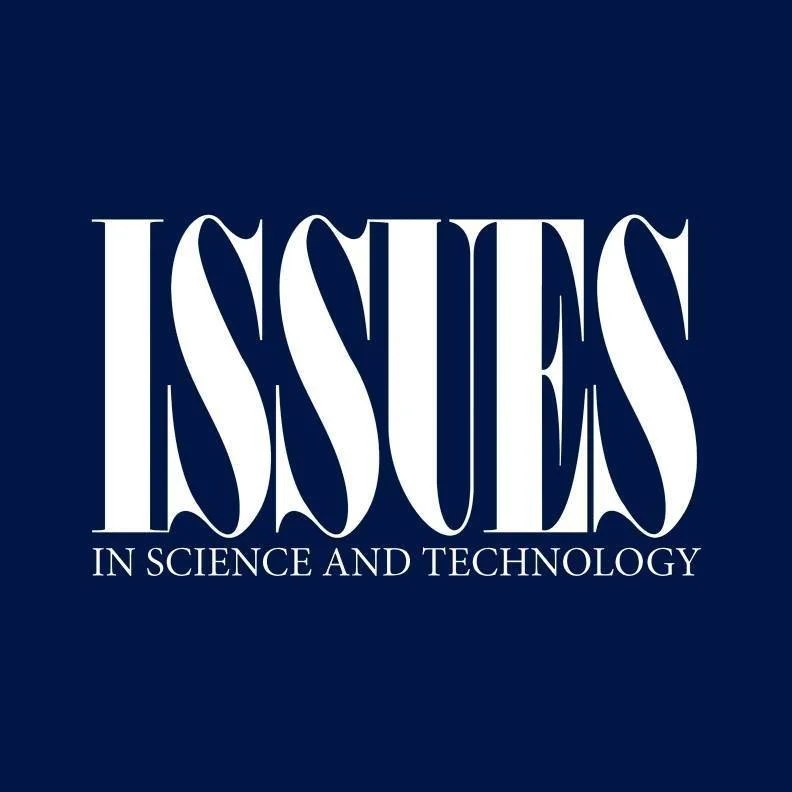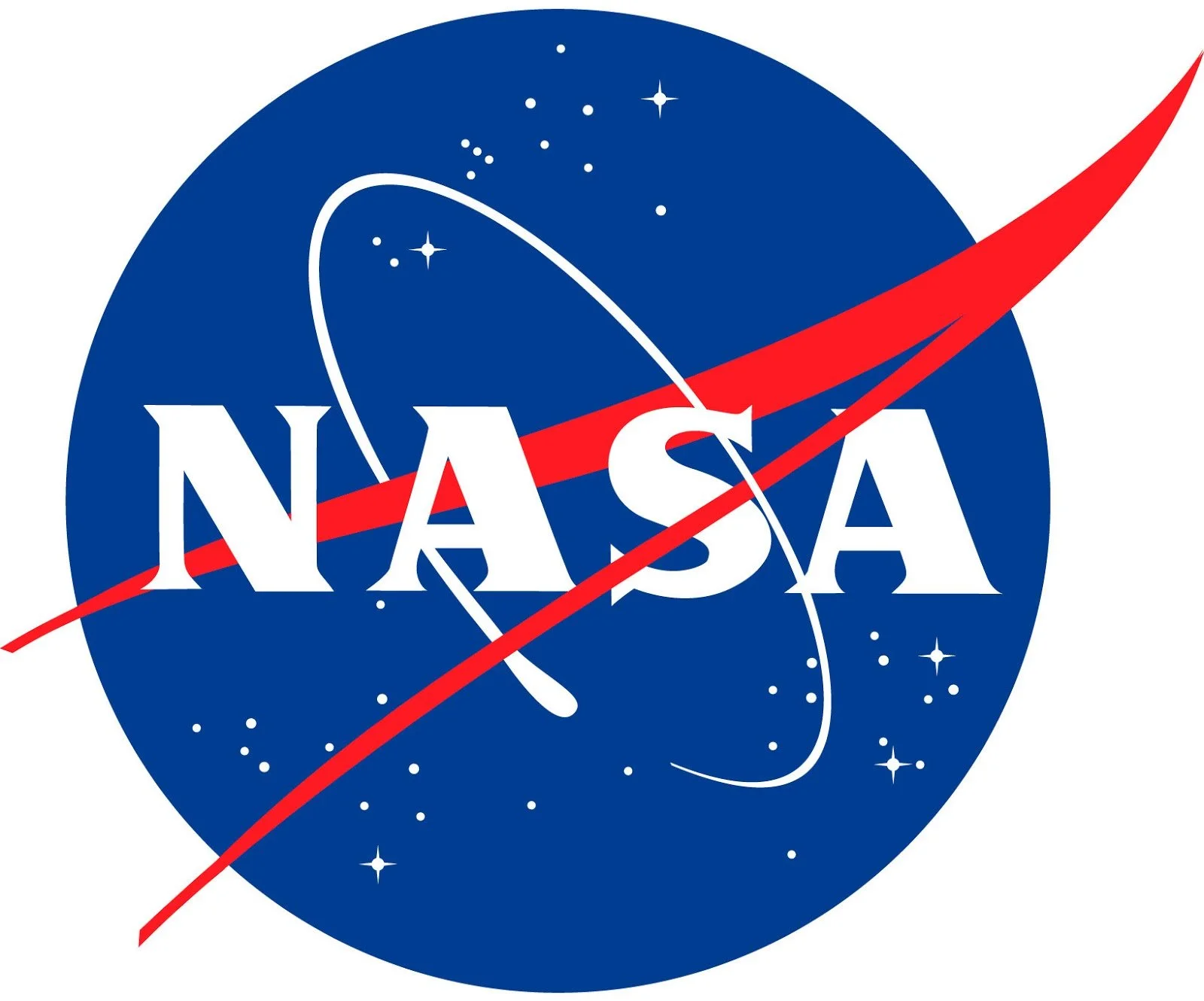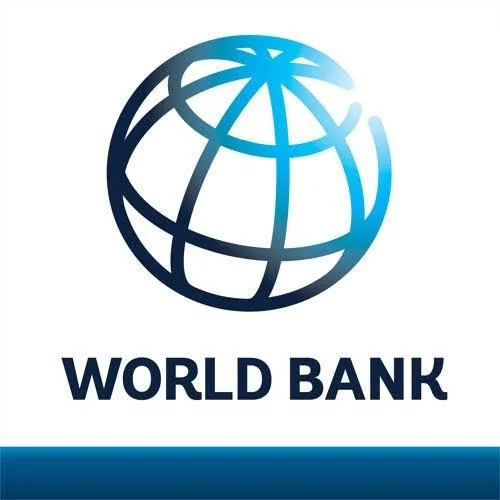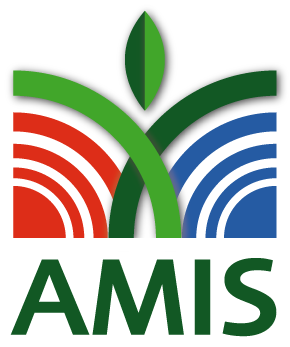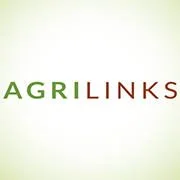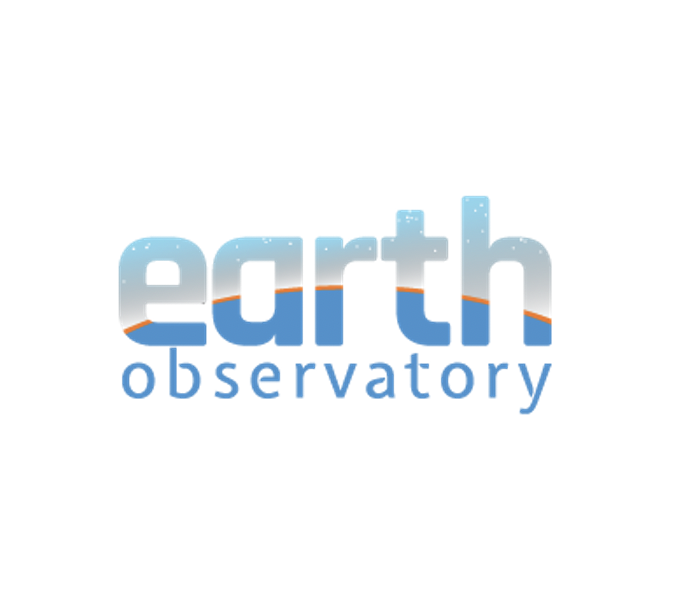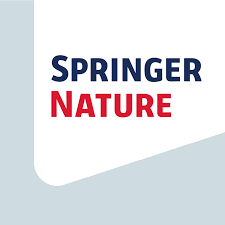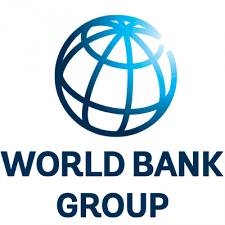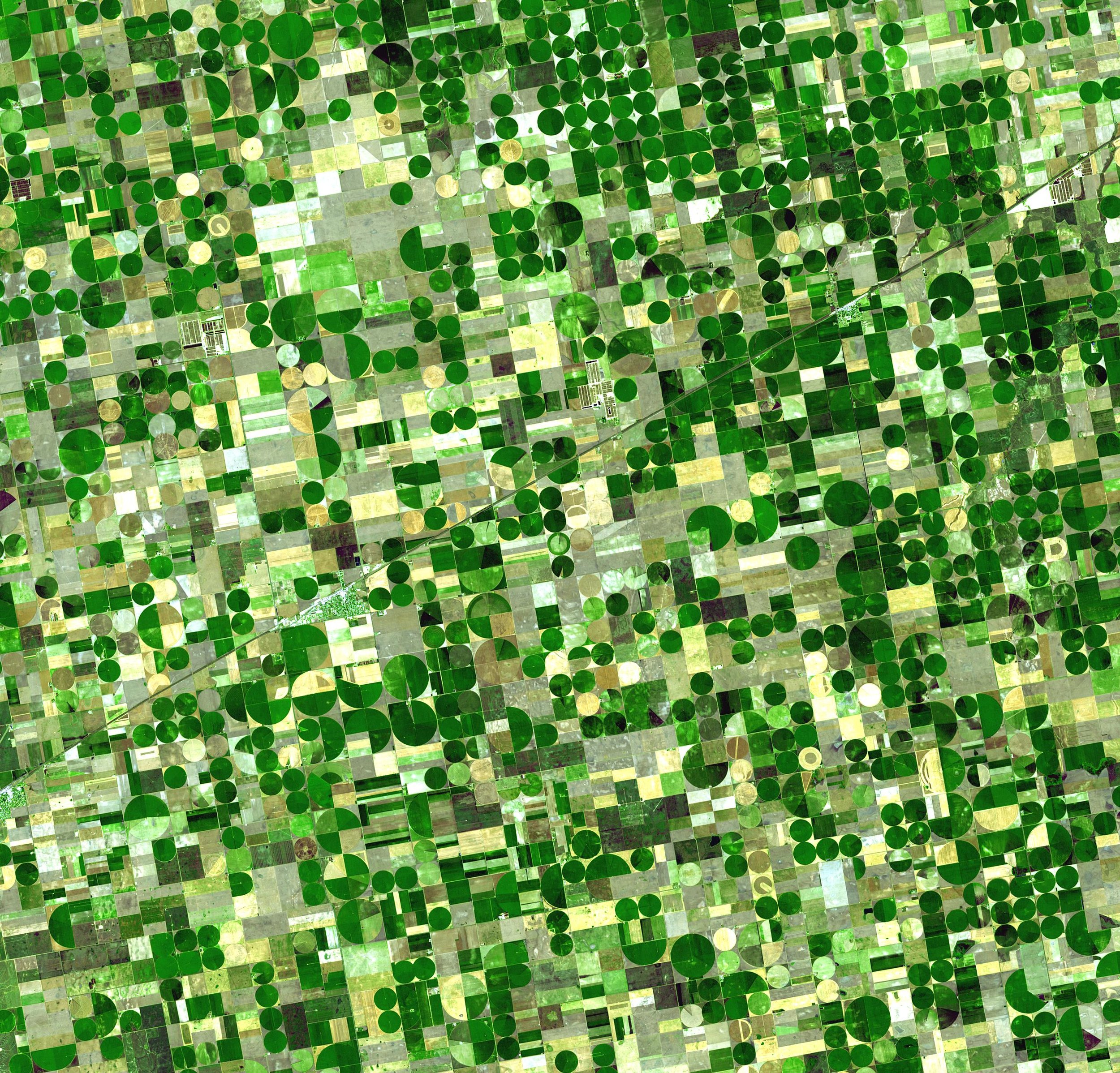
What is NASA Harvest?
We are NASA’s Global Food Security and Agriculture Consortium
Our Impact Areas
In the face of a growing population, erratic weather patterns, acute and chronic food shortages, and market volatility, the NASA Harvest Consortium combines Earth observation data with on-the-ground human partnerships to deliver critical analyses of global agriculture information.
-
We provide actionable agricultural assessments in the face of increasing frequency and severity of extreme events due to a changing climate, conflict and war, supply chain disruptions, market uncertainty and other unforeseen events and disasters that impact crop production, trade, access, and ultimately food security.
-
Early warning and preemptive planning are critical for effective prevention and mitigation of crop failures. Satellite data play a key role in providing timely insights on crop conditions globally, enabling decision makers to effectively determine needs for ensuring food security.
-
We promote market stability by producing and disseminating accurate and timely agriculture information regarding crop health, crop production, environmental and weather disruptions, socioeconomic risk factors, and import/export logistics.
-
Agricultural losses have substantially increased in the past 30 years due to extreme weather events and a warming climate, and are expected to further accelerate in the years to come - smallholder farmers are particularly vulnerable given their strong dependence on weather-driven agriculture for their livelihoods. Satellite data can help inform financial instruments, such as agricultural insurance, in playing a key role to reduce vulnerability and increase farm resilience.
-
Climate risk assessments for agriculture involve analyzing the potential impacts of climate change on agricultural systems, including crop yields. Satellite data helps us identify vulnerabilities and inform adaptive strategies. By evaluating these risks, farmers and policymakers can develop plans to mitigate adverse effects and enhance the resilience of agricultural production.
-
Some key challenges to the uptake of satellite-derived information include access restrictions, inconvenience, difficulty of use, and lackluster automation. Our consortium framework enables us to work collaboratively across the agricultural sector in order to build equitable tools, ensure secure data sharing, and integrate with existing systems.
-
Monitoring nitrogen fertilizer uptake using remote sensing data involves analyzing spectral signatures from satellite imagery to assess plant health and nutrient levels. This technology enables more precise detection of nitrogen levels in crops by observing variations in vegetation indices. This approach allows for efficient and timely adjustments to fertilizer application, optimizing crop yield and reducing environmental impact.
-
G20 GEOGLAM
The purpose of Group on Earth Observations Global Agricultural Monitoring Initiative (GEOGLAM) is to increase market transparency and improve food security by producing and disseminating relevant information on agricultural conditions and outlooks of production at national, regional, and global scales. Harvest supports GEOGLAM through various community-driven efforts including production of GEOGLAM’s monthly Crop Monitor reports.
Harvest Africa
One of our unique geographically-focused impact areas, Harvest Africa leverages world-class technical expertise across Africa. This initiative advances innovative satellite-driven methods to produce automated within-season crop type and crop-specific condition products that support agricultural assessments, directly involving national and regional agencies in the development process to ensure smooth transition to the respective community.
Harvest Latin America (LatAm)
NASA Harvest Latin America is a regional initiative dedicated to advancing agricultural monitoring, food security, and sustainable practices across the Latin American region. Our vision is to leverage satellite technology, data-driven insights, and local expertise to empower communities, foster collaboration, and develop innovative tools that support sustainable agricultural practices and informed decision-making.
Harvest South Asia
Much like our other regional initiatives, Harvest South Asia focuses on satellite data applications specific to the unique agriculture and food security challenges of South Asia. From analyzing the impacts of drought and flooding on rice cultivation to addressing cloud coverage challenges, this initiative leverages top technical expertise across South Asia to develop innovative, satellite-driven analyses.
Harvest Agricultural Statistics
Agricultural statistics are crucial for effective policy-making as they provide accurate data on crop production, food availability, and resource use, enabling governments to make informed decisions. These statistics help identify trends, forecast food supply, and address food security issues. By relying on robust agricultural data, policymakers can design targeted interventions that support sustainable agricultural growth and economic stability.
NASA Harvest in the News







